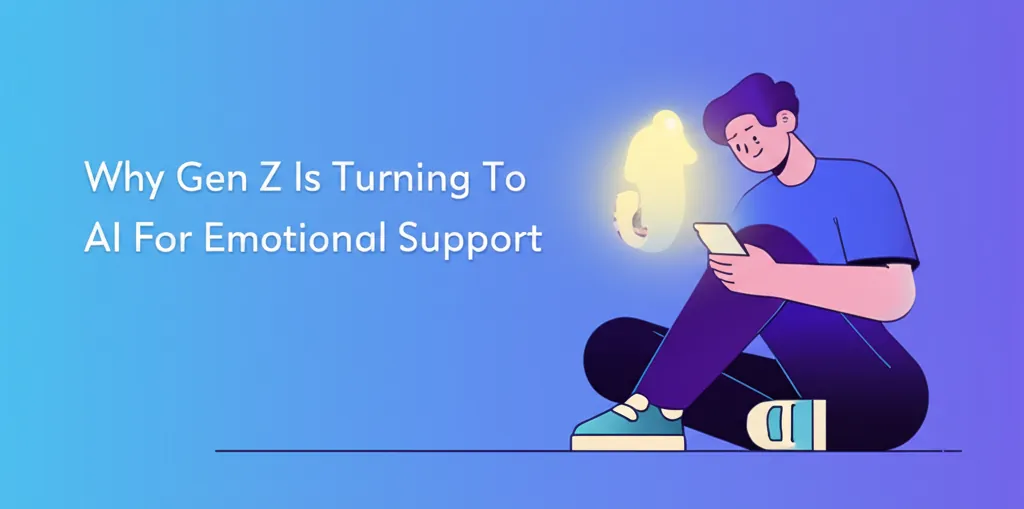How AI Is Making Us Scared to Write Professionally
The Human or Bot Dilemma
Olwyn Patterson was scrolling through LinkedIn looking for a collaborator for her company, a platform that connects startups with VCs. She found a promising contact and sent a direct, professional message:
"I run a biannual demo day that reaches 4,000 startups a year, one of which I noticed is also in your program. We also have a 15k-plus founder, VC, and angel investor newsletter. There seems to be a natural crossover between our communities. It'd be great to share opportunities with each other."
The reply she received moments later was startling: "Very impressive AI-driven outreach."
Patterson was offended. Her clear, if somewhat formal, writing style had been mistaken for a machine's. She took to her LinkedIn community to ask a question that's now echoing through professional circles: in the age of AI, what does it mean to write like a human? The response showed she wasn't alone. One tech founder commented, "I used to suck at grammar and really worked on it as I became a writer. Now I'm nervous that I come off as a bot."
Is Your Writing an AI Tell
With AI-generated text becoming ubiquitous—LinkedIn estimates over half of its long-form posts are AI-assisted—a new paranoia has set in. Annette Vee, an English professor at the University of Pittsburgh, compares it to an invisible contaminant. "It's like microplastics," she says. "Whether you realize it or not, and whether you're using it or not, it's already in the bloodstream."
This has given rise to self-appointed AI police who scrutinize professional writing for telltale signs of bot-speak. The fear of being wrongly accused of using ChatGPT has created a chilling effect, a phenomenon we can call "imbotster syndrome." This anxiety is reshaping how we communicate.
People who don't know will just assume, 'Yeah, this person is using AI.' Meanwhile, you've been writing this way for 25 years.
Across social platforms, users compile lists of suspect words and patterns. Clichés like "in today's fast-paced world," the neat rhythm of a three-part list, or even the common em dash are now viewed as potential AI watermarks. "AI is now a specter hanging over everything we write," Vee adds.
The New Rules of Professional Writing
Cheril Clarke, a ghostwriter for finance and healthcare executives, has felt this shift acutely. Her job is to make powerful people sound their best, but now she has the added task of making them sound human, not robotic. "There are certain patterns that are completely natural for most of us when we're talking. And the frequency with which AI uses these is really killing them," Clarke says.
While she uses ChatGPT for brainstorming and initial drafts, Clarke's final step is now a sanitization process. She meticulously removes rhetorical flourishes that, while effective, are now heavily associated with AI. The em dash, the triplet list, and the classic "not X but Y" structure have all been cut from her toolkit.
This loss is particularly frustrating for her. The structure—as in, This isn't just about efficiency, it's about trust—was a powerful way to build tension and deliver a point. Now, it reads like a generic template. "I've been using these things for 20 years, and they used to be second nature," Clarke notes. "They're a powerful device but AI ruined it."
The Authenticity of Imperfection
Experts warn that the belief we can reliably spot AI-generated writing is largely a myth. "There's a general assumption that you can tell whether something is written by AI. I think that's not right," says Vee, noting that detection tools haven't kept pace with the technology.
Yet, the fear of being flagged persists, leading to a strange new trend: professionals are deliberately degrading their own writing. They are skipping commas, using casual slang, and even inserting typos to signal their humanity.
In this new economy of style, polish has become a liability, and the typo has turned into a kind of authenticity badge.
"People start rewriting themselves in this panic, trying to avoid anything that might look 'too perfect,'" says Casey Fiesler, an associate professor at the University of Colorado Boulder.
After her own incident, Patterson’s company considered adding more obvious human fingerprints to their outreach. One suggestion was to open messages with "Hope all good," but the idea was quickly dismissed as unconvincing.
The AI Mirror Corporate Speak in Disguise
The irony is that much of what we flag as "AI writing" is simply the corporate-speak that large language models were trained on. The earnest, optimized, and jargon-filled language of millions of press releases, PowerPoint decks, and marketing emails has been absorbed and is now being reflected back at us.
It's like the more careful you are, the more suspicious you look.
LinkedIn posts sounded like inspirational keynotes long before ChatGPT arrived. The patterns people now identify as synthetic were, until very recently, considered standard professional voice. This makes the current situation deeply disorienting. We are not just avoiding AI; we are trying to outrun our own established communication styles.
As Fiesler puts it, "I saw someone say in a comment, 'I can't believe you used AI to write this.' And I was like, why? Because the language was a little formal? But that was enough for them to assume it came from a bot."
The anxiety is now baked into our writing habits. Every choice is made in the shadow of AI. Or, as the author playfully notes ChatGPT suggested saying:
"The more flawless your style, the more suspicious it looks. And in the end, not clarity but credibility is the ultimate goal."


